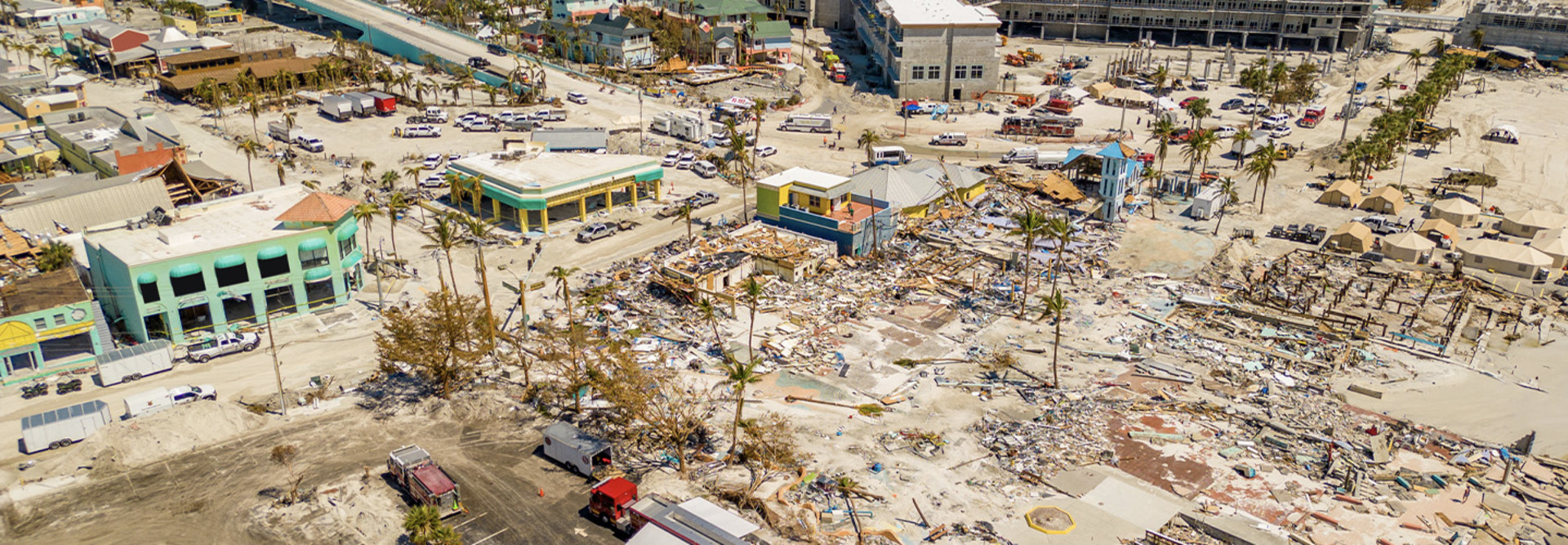Embrace Application and Data Portability
Effective disaster response efforts require real-time coordination and the exchange of actionable intelligence among multiple agencies and first responders. Data must be accurate and accessible so that agencies can meet their recovery time objectives (the acceptable amount of time that services can be unavailable).
Data and critical application workloads must be easily portable between data centers and the cloud in case one or more services go down or a data center is in the path of an oncoming disaster. Regularly migrating assets from one location to another can help keep information readily available. It’s also a more economical approach than relying on a single hot backup site, which can provide a virtual mirror of your main data center but is too expensive for most organizations to maintain all the time.
Portability can be achieved by packaging applications and their corresponding data in open-source containers that can be easily moved via continuous integration/continuous delivery pipelines between environments. Containers are like shippable storage units for critical information and application workloads — you can take your belongings with you and keep them safe from the elements.
EXPLORE: How public safety is driving the deployment of mission-critical operations centers.
How to Best Modernize Existing Applications
It’s just as important to maintain healthy and relevant applications. A healthy application is one that functions quickly and securely while delivering services and information as expected. A relevant application is one that remains important and current and plays a role in the recovery process. Unhealthy or irrelevant applications can weigh the recovery process down, so performing an application audit before an adverse event occurs is a good idea.
Begin by taking a look at the health, age and viability of the applications in your portfolio. Assess the current state of those applications to gain perspective on which applications are working to support your business needs and which are not. Then decide which are most critical to support your disaster recovery processes. Look for opportunities to enhance the portability and cost-effectiveness of mission-critical applications and dispense with legacy applications that might be prone to vulnerabilities or are no longer needed.
Follow the Five R’s
These steps — the five R’s — offer a good methodology for application modernization:
- Rehost: Rehosting should be considered for critical or monolithic applications that are not easily redesigned or portable. Moving an application as is from on-premises to the cloud is an example of rehosting.
- Revise: Revising is ideal for applications that provide valuable functions but require minor changes for sufficient performance in a cloud-native environment.
- Redesign: Redesigning business-critical applications requires altering an application’s code to take advantage of modern containerization and Kubernetes technologies. This positions legacy applications to take advantage of the elastic scalability available in hyperscale data centers. It's a more involved process, but it unlocks the power of portability and speed of innovation that businesses need for mission-critical apps.
- Rebuild: Rebuilding can be time-consuming but might be a good option for applications that are necessary but lack modern functionality that meets users' expectations and needs. Rebuilding is often required when addressing legacy applications with outdated technical architectures or code bases built on runtimes that the enterprise no longer supports.
- Replace/Repurchase: Sometimes, legacy custom applications cannot be fixed or adjusted easily enough to be competitive against commercial Software as a Service alternatives. While the function of the legacy application may be necessary for the business, applying skilled technical resources to design, build and maintain the custom approach may be too expensive or may simply be time better spent on more differentiated capabilities. In these cases, the best option might be a complete replacement.
Modernizing existing applications serves multiple purposes. First, your disaster preparedness will be improved through the support of technology that is more responsive, reliable and resilient. Second, modernizing helps to strengthen your security posture and reduce your potential attack surface, which is important in the wake of a catastrophic event.
READ MORE: How mission-critical operations centers improve public safety.
Why You Need to Prepare for Disasters Now
Lives are at stake following natural disasters. State technology is increasingly essential to mounting response and recovery activities. Unfortunately, hackers thrive off chaos, and it’s not unreasonable to think they may try to launch a cyberattack in the days following a natural disaster. You’ll want your IT infrastructure to be as secure, resilient and reliable as possible.
There’s never been a better time for agencies to reassess their IT disaster preparedness. The spring and summer seasons are considered high risk for simultaneous extreme weather events, according to Climate.gov. Agencies can get ahead of that risk now and create modern infrastructures that are resilient and ready for whatever comes next.











